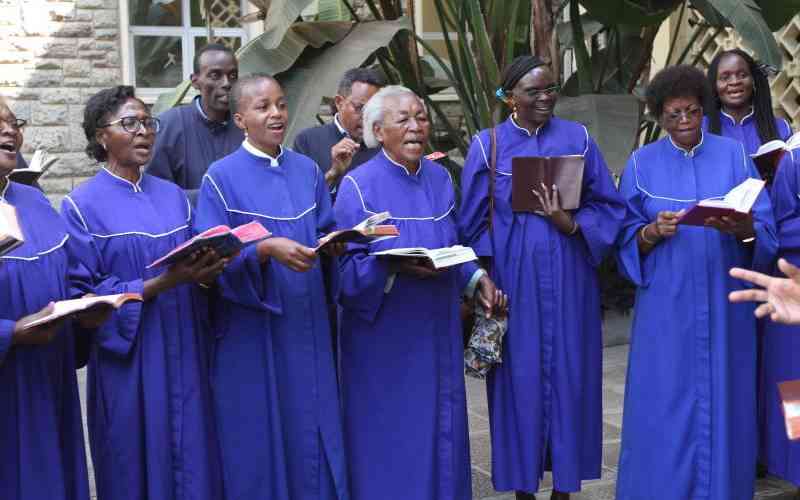×
The Standard e-Paper
Home To Bold Columnists

The St Stephen's Choir traces its history to the 1950s when the church relocated to Jogoo Road.
The choir, which sang in the Swahili Service, started with a handful of members from Makongeni, Kaloleni, Bahati and Maringo estates. In 1954, George Senoga-Zake, a Ugandan, began training St. Stephen's Church Choir.